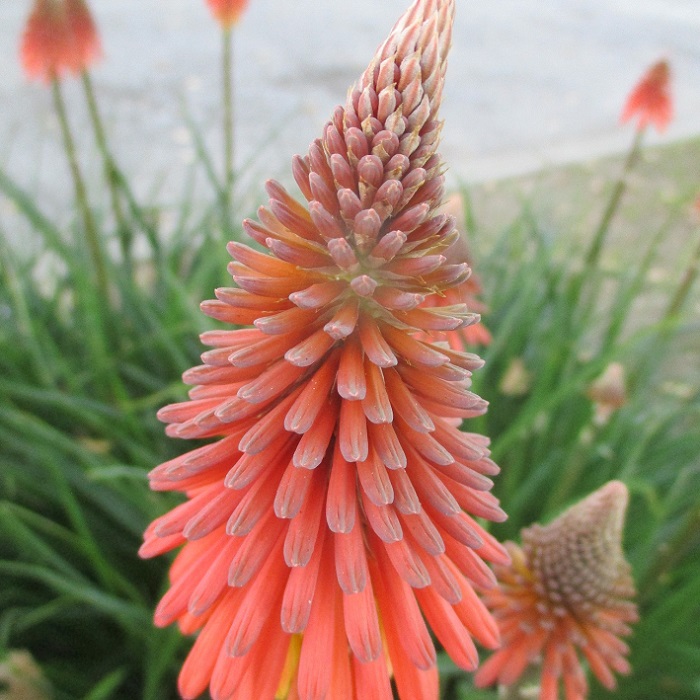UNITED STATES—The Santa Clara Valley was formerly famous for stone fruit orchards. The San Fernando Valley was formerly famous for citrus orchards. The Wenatchee Region of Washington is still famous for apple orchards. Many variables influence which agricultural commodities grow or grew in each region. Of these, one of the more obvious is temperature and ‘chill.’
Citrus could not be productive in the Wenatchee Region because it could not survive the chill of winter there. Although productive in-home gardens of the Santa Clara Valley, it is not quite as productive as it is where winter is warmer in the San Fernando Valley. Citrus appreciates warmth, but not chill. Many tropical and subtropical plants feel the same way.
However, many of the numerous cultivars of apple that are so famously productive in the Wenatchee Region would be unproductive in the Santa Clara Valley. Only a scant few of these might produce relatively meagerly in the San Fernando Valley. Unlike citrus, which dislike chill, apple trees need chill for production. Some cultivars need more than others.
Many plant species need reminders to stay on schedule.
Chill regulates the schedules of many plants that are originally endemic to climates with cool winters. It confirms the occurrence of winter, which is a convenient time to finish one annual cycle and begin another. Some plants require only a minimal chill. Those that are from climates with harsh winters require coercion by more significant and sustained chill.
One of the primary reasons that spring bulbs are available for planting early in autumn is that some benefit from spending winter in a cool and damp garden. Although, most bulbs are chilled prior to marketing. Some previously chilled spring bulbs bloom splendidly for their first season, but then bloom unsatisfactorily if chill is inadequate for them afterward.
Most plants that need more chill than they can get locally are simply not available locally. Some are available online though. A few locally popular plants that are marginal for mild climates get confused by the seasons. This is why some flowers such as torch lily, bloom randomly or out of season. Daphne and some late winter flowers may be blooming now, and could get damaged by frost later.
Highlight: Torch Lily
Technically, it should bloom during spring and summer. Torch lily, Kniphofia uvaria, does not seem to know that though. Some bloom for late summer. Most are presently in bloom. Old fashioned sorts that survive without irrigation may bloom through winter or whenever they want. Modern cultivars are likely more predictable and punctual with their schedule.
Torch lily, or red hot poker, blooms with densely conical floral spikes of many narrow and tubular flowers. Bare stalks boldly support bloom as high as five feet. The grassy foliage below forms dense mounds that should not get much higher than three feet. Established plants can survive without watering, but appreciate it through the arid warmth of summer.
Floral buds are generally orange as they develop, and then fade to yellow as they bloom and age. Since floral spikes bloom upwards from the bottom, they are yellow at the base, and orange at the tip, like candy corn. Some cultivars are more reddish orange at the tip, or creamy white at the base. Others are rather uniformly orange, yellow or creamy white.
Horticulturist Tony Tomeo can be contacted at tonytomeo.com.






